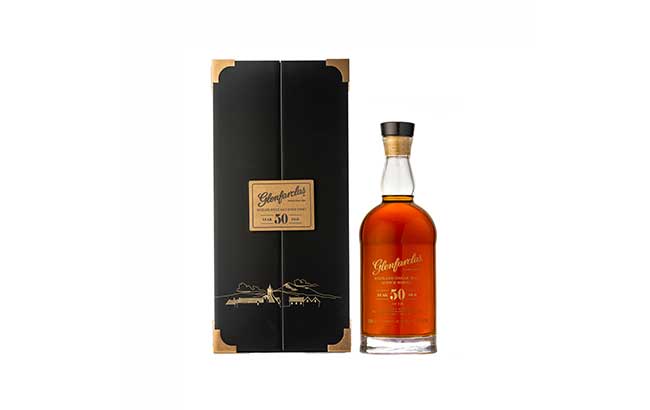Elijah Craig Barrel Proof, A123
I’d like to thank Heaven Hill for providing this review sample with no strings attached.
…
I’d like to thank Heaven Hill for providing this review sample with no strings attached.
…
1/23/23 update – Revised the number of available bottles and updated the final odds (I originally used the winter bottle lottery bottles instead of the autumn. I apologize for the error.The Ohio Department of Liquor (OHLQ) has posted the results of the…
The Dalmore distillery and its range of single malts are held in high regard by whisky drinkers and collectors alike. Sitting in a gorgeous location on the shores of the Cromarty Firth and looking across to the Black Isle, this north Highland distiller…
If you think there is a lot of bourbon on the shelf now, wait just a few more years. The news over […]
The post 393 – Forecasting Bourbon’s Future with Susan Wahl of Heaven Hill appeared first on BOURBON PURSUIT.
Burnside 27 yo 1994/2021 (46.9%, Le Gus’t, blended malt, first fill bourbon hogshead, cask #3522, 231 bottles, 2022)Balvenie 27 yo (48%, OB, ‘A Rare Discovery From Distant Shores’, Caroni Rum Cask Finish, 2022)
Woodford Reserve has released its highly-anticipated expression of Double Double Oaked Bourbon for 2023, part of an annual series that celebrates Master Distiller Chris Morris’ commitment to innovation and craftsmanship. The product will be available at Woodford Reserve Distillery starting 10:00 AM EDT, Wednesday, January 18, 2023. Customers are limited to two 375ml bottles. “We …
Fairly well structured, displays some youthful spirit as you would expect for 3-4 year old whisky. There was more than a hint of cardboard I associate with STR casks added to the woody element here. This has clearly been well put together from the cask…

Speyside distillery Glenfarclas has released a limited edition 50-year-old single malt Scotch marking the 50th anniversary of their fifth-generation family member and chairman, John Grant, who founded the brand in 1974. Glenfarclas 50-Year-Old was bottled at 50% alcohol by volume [100 proof] and is said to offer notes of dark chocolate, peat and toffee. Only […]

Press Release Directly From Woodford Reserve Woodford Reserve has released its highly-anticipated expression of Double Double Oaked Bourbon for 2023, part of an annual series that celebrates Master Distiller Chris Morris’ commitment to innovation and craftsmanship. The product was launched at Woodford Reserve Distillery (Versailles, KY) starting 10:00 AM EDT, Wednesday, January 18, 2023. Customers […]
The post NEW RELEASE: Woodford Reserve’s 2023 ‘DOUBLE DOUBLE OAKED’ first appeared on The Bourbon Review.
Alan Bishop is making great whiskey at the Spirits of French Lick Distillery in Indiana, but one of his passions is making apple brandy. Indiana has a great heritage of making apple brandy. In the 19th century, Indiana was well… Continue Reading →